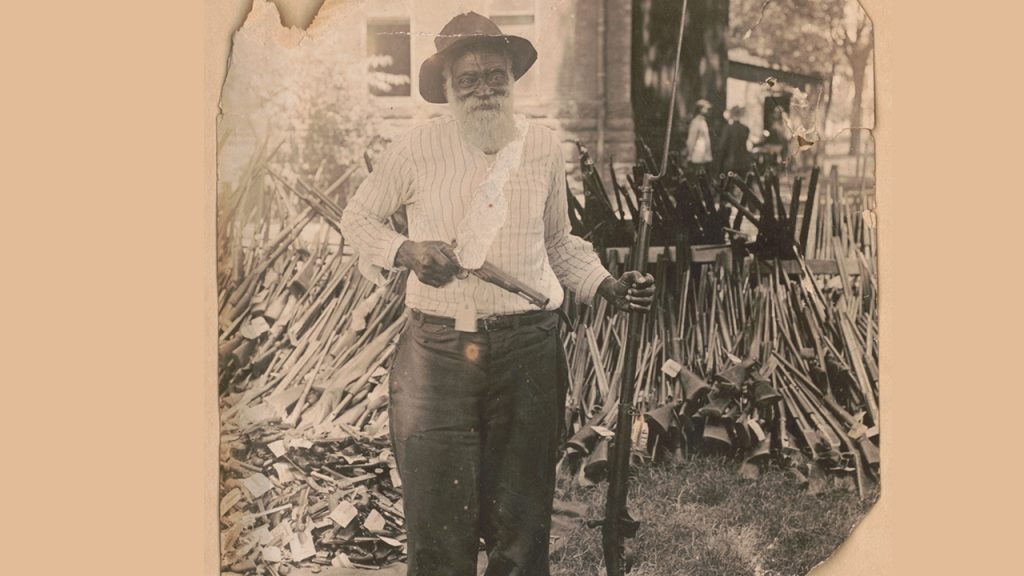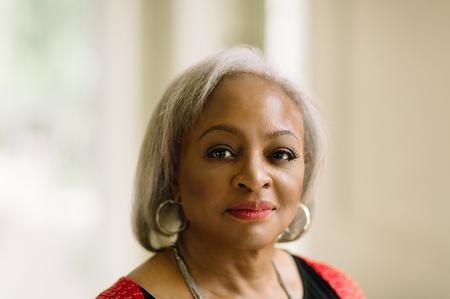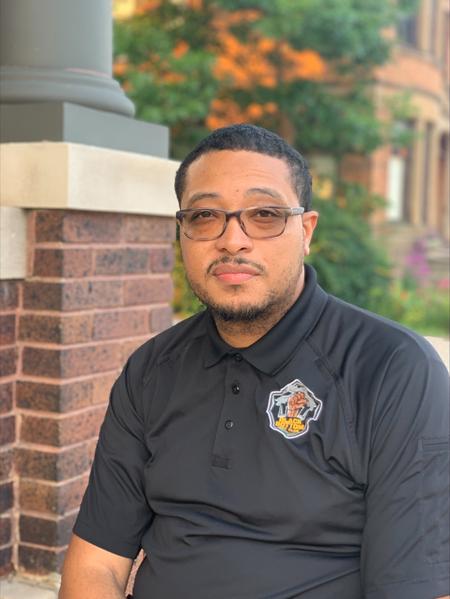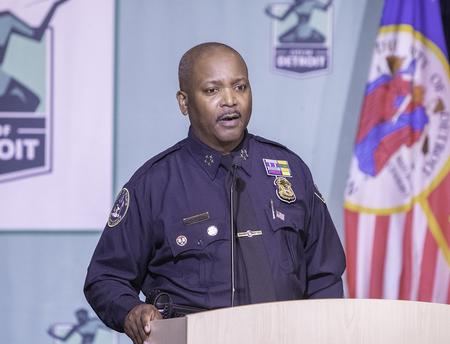How the Second Amendment Built In Inequity in the Nation’s Gun Laws
The Second Amendment of the U.S. Constitution was envisioned as a way to allow the populace of the newly created United States of America to “keep and bear arms.” Here’s a look at how inequity was built into our nation’s gun laws.

As part of 101.9 WDET’s Book Club, we’re inviting the Detroit region to examine and discuss the text that impacts every resident of the United States: The Constitution. Whether you’re revisiting the documents or reading them for the first time, join us in reading along and engaging in civil conversations with your community.
White people often don’t give a traffic stop a second thought. Be polite. Do what you’re told. Take the ticket.
But for Black people, any contact with police can be a nerve-wracking experience.
“African American men don’t always feel comfortable around law enforcement anyway. And so when you add a firearm into that mix, it definitely ups the level of fear to a degree or a paranoia.” –Chad King, Detroit’s Black Bottom Gun Club
“African American men don’t always feel comfortable around law enforcement anyway. And so when you add a firearm into that mix, it definitely ups the level of fear to a degree or a paranoia, whatever you want to call it, but you’re definitely more on edge than not,” says Chad King, who is the president of Detroit’s Black Bottom Gun Club. He says when adding a gun to a traffic stop, the situation gets even worse.
Too often that uneasiness is warranted. Blacks are 2 ½ times more likely to be killed by police than whites.
In 2016, Philando Castile, who had a concealed-carry permit, was driving in a St. Paul, Minnesota, suburb with his girlfriend Diamond Reynolds and her 4-year-old daughter.
Reynolds said they were pulled over for a broken tail light. Castile, following NRA guidelines, alerted the police that he had a license to carry a weapon and reached for his wallet. The officer heard “weapon” and started shooting, killing Castile.

Dr. Carol Anderson, an Emory University professor who has researched the disparities between whites and Blacks when it comes to the Second Amendment, says the “right to bear arms” by a “well-regulated militia” wasn’t so much about curbing tyranny as it was about stopping a different sort of rebellion.
“What that militia was about was about controlling the enslaved population and putting down slave revolts. So sitting in the middle of the Bill of Rights, we have a right to control Black people,” she says.
A release from enslavement did little to improve the right to own firearms. As racist Jim Crow laws took hold in the 1870s, Black people’s ability to vote and exercise their First Amendment rights were curtailed. So too were their rights of gun ownership. That’s how it stayed until the rise of the civil rights era in the 1950s. Anderson says since then, there has been a dramatic rise in gun ownership among African Americans.
“To me, what we’re hearing in the Black community is I’ve got to defend myself. I have the right to defend myself and I cannot consistently count on the police to be that thin blue line of defense,” she said.
Defending oneself can be tricky for African-Americans. King of the Black Bottom Gun Club says carrying firearms openly — which is legal in Michigan and 20 other states with few restrictions — can lead to problems.
“Not everyone feels comfortable openly carrying a firearm for a couple of different reasons where they don’t want to feel like they’re they’ll be easily targeted, whether they don’t want to intimidate other people. Some people are just not comfortable with open carry and that’s OK,” he says.
The misgivings are well-founded. In 2014, John Crawford was shot and killed by officers in a Walmart near Dayton, Ohio, while he was holding a BB gun he intended to purchase. Three months later, 12-year-old Tamir Rice was holding a pellet gun in a park when he was killed by a Cleveland policeman. Ohio is an open-carry state.
Many African Americans have turned to concealed carry to avoid similar problems.

King — a certified firearms instructor — says the people he trains have a much easier time getting concealed pistol permits north of Eight Mile.
“It’s challenging because you have people who are trying to go about doing things the legal way, doing things the right way. And they’re stifled by the process of getting the license because of the delays,” he says.
New concealed pistol license applicants need to schedule an appointment to get a permit. In Oakland County it takes about a week. In Macomb County, same week appointments are available. But in Wayne County, the next available appointment isn’t until January.
That’s to say nothing of the cost.
“Somewhere in the west side or the east side of Detroit, they’re gonna feel that pinch. They’re gonna feel the pinch of those dollars compared to somebody in West Bloomfield or Farmington Hills or Ferndale or anywhere else in Oakland County. They’re definitely gonna feel that more,” he says.
Detroit’s median household income is about $27,000, compared to $96,000 in Oakland County and $72,000 in Macomb County. So the true cost of legal gun ownership is substantially higher for Detroiters.
Though Wayne County Sheriff Ray Washington says with rising violent crime in Detroit, it’s money well spent.
“You have to make that investment and I don’t think it’s a tall investment at all. Considering what you’re trying to do, which is in the event you need to save your life you’re doing that so you can’t put a price on that is what I’m saying. And I think the price that comes with that is minimal compared to your life,” he says.

In the pursuit of lowering violent crime, there’s been a concerted effort to get guns — stolen, illegally obtained or otherwise — off the street. But Sheriff Washington, Oakland County Sheriff Mike Bouchard and Detroit Police Chief James White affirm that effort is being done fairly.
“Detroiters have to have the same constitutional rights as anyone and as a law enforcement agency and law enforcement officer, it is my duty to uphold the constitutional rights of all,” White said.
But in Wayne and Oakland counties, Black people are still subject to arrest at rates that outpace their share of the population.
When it comes to the Second Amendment, Anderson says it might be best to start from scratch.
“We’ve got to put in the hard work in order to correct the imbalances to correct the inequalities. But the Second Amendment is not fixable because its very genesis was designed to contain and to control and to deny Black people their rights,” she says.
“A well-regulated Militia, being necessary to the security of a free State, the right of the people to keep and bear Arms, shall not be infringed.”
Those words were ratified in 1788. It would take another 77 years for the “people” in the Second Amendment to include African Americans. And there are still questions about the application and enforcement of that constitutional amendment today.
Listen: The disparities between whites and Blacks when it comes to the Second Amendment.
Join WDET in reading the Constitution.
This summer, we invite you to get involved as we explore our nation’s founding document.
Sign up to get your free pocket Constitution
Trusted, accurate, up-to-date.
WDET strives to make our journalism accessible to everyone. As a public media institution, we maintain our journalistic integrity through independent support from readers like you. If you value WDET as your source of news, music and conversation, please make a gift today.
